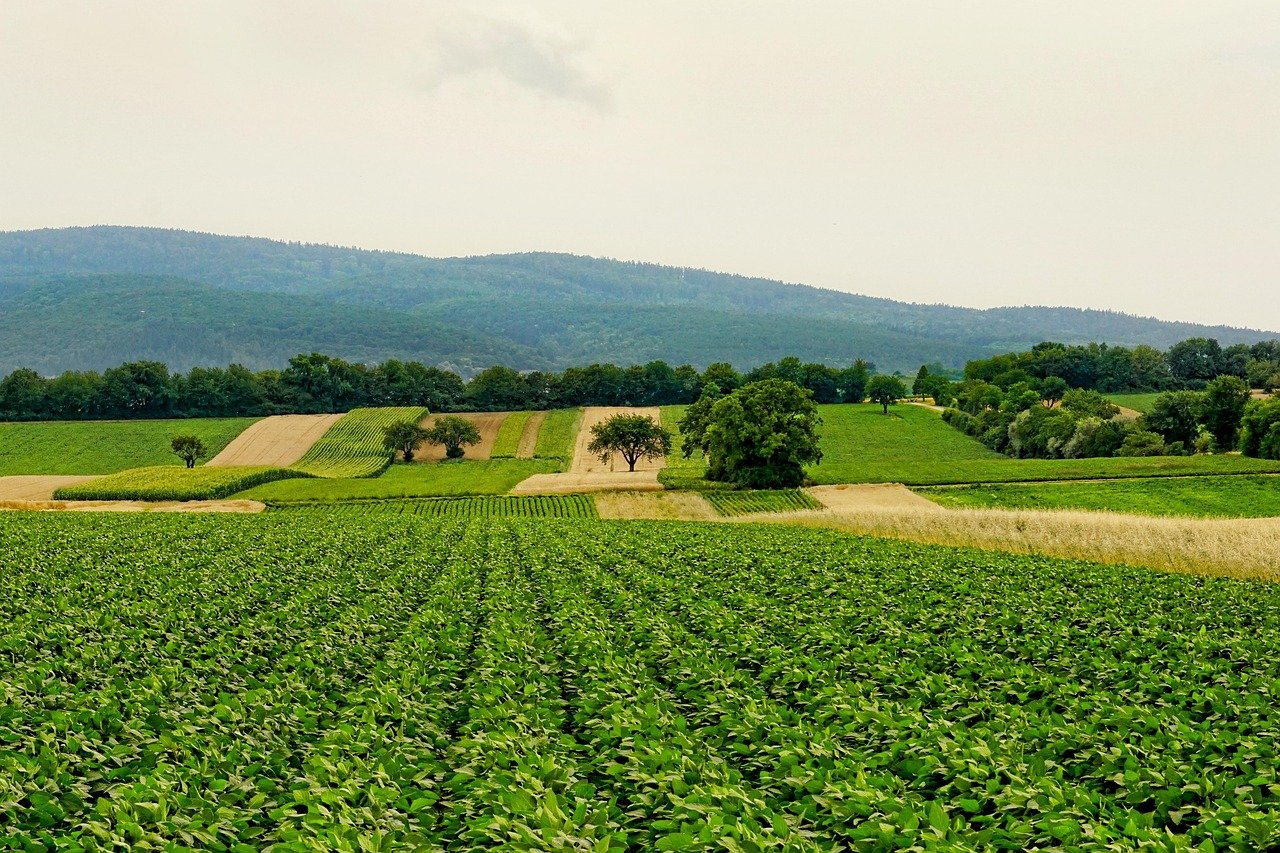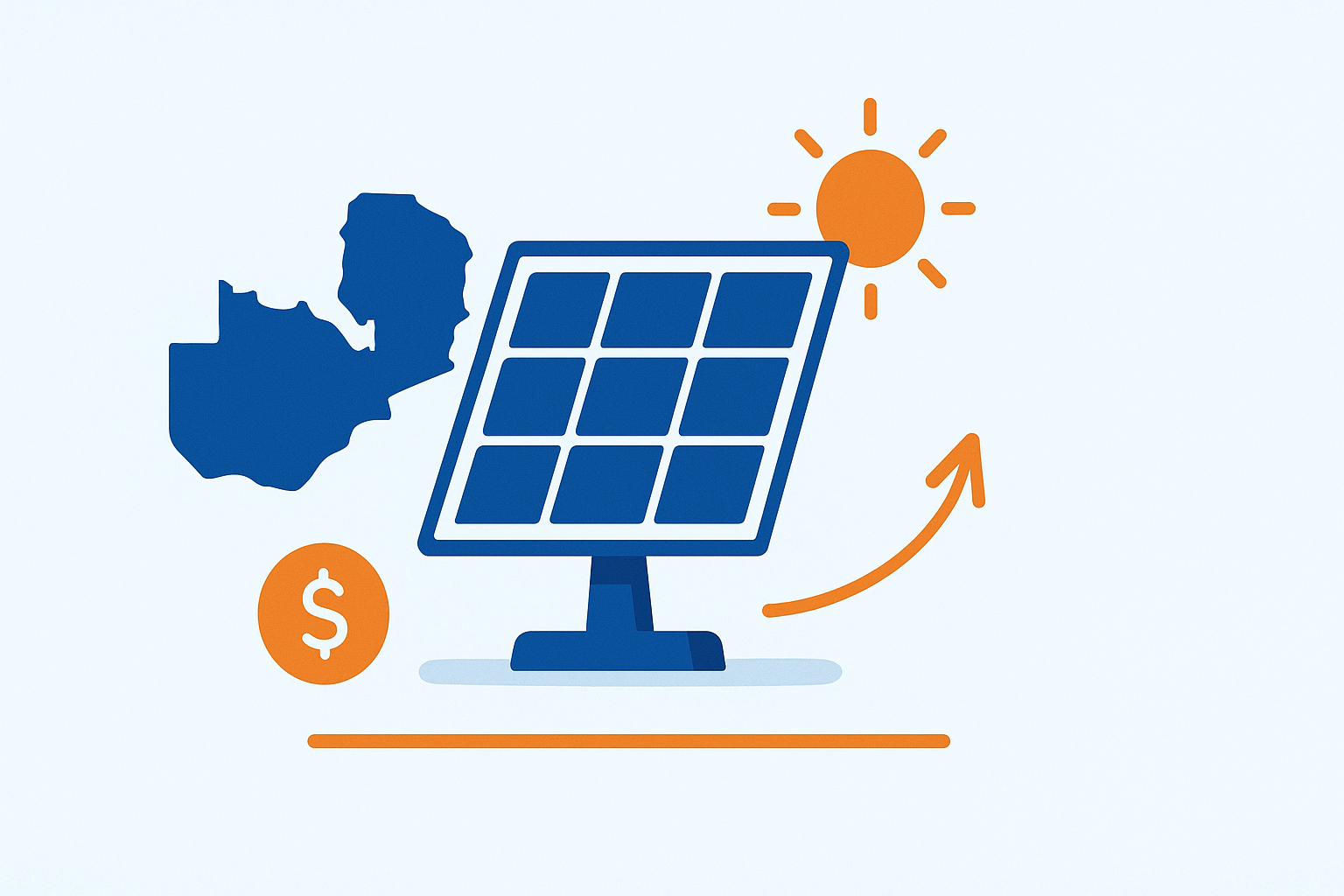Farming in Zambia is more than just a livelihood — it’s a legacy, a business opportunity, and for many, a path to financial independence. Whether you are cultivating maize in Central Province or raising goats in Southern Province, success in agriculture requires more than fertile soil. It demands planning, knowledge, patience, and smart decision-making.
This definitive guide on tips for successful farming in Zambia covers everything from land preparation and crop selection to financial management and market access. Whether you’re a smallholder, an agropreneur, or an investor venturing into agribusiness, this 2025 guide will empower you to make smarter choices for long-term profitability.
1. Why Farming Matters in Zambia
Zambia’s economy may be diversifying, but agriculture remains its backbone. With over 60% of the population engaged in farming, the sector contributes significantly to food security, employment, and rural development. The country boasts 42 million hectares of arable land — yet only 15% is currently under cultivation. This leaves a huge untapped potential.
Key agricultural exports include:
-
Maize
-
Soybeans
-
Groundnuts
-
Cotton
-
Tobacco
-
Horticulture (onions, tomatoes, cabbage)
-
Livestock (beef, poultry, goats)
With the right approach, farmers can turn small plots into profitable enterprises.
2. Key Agricultural Zones and Opportunities
Different regions offer unique farming prospects:
| Province | Agricultural Strength |
|---|---|
| Central | Maize, Wheat, Soybeans, Cattle |
| Eastern | Groundnuts, Cotton, Tobacco |
| Southern | Livestock, Horticulture, Sugarcane |
| Western | Rice, Fish Farming, Beef |
| Northern | Coffee, Cassava, Beans |
| North-Western | Pineapples, Cassava, Maize |
| Luapula | Aquaculture, Cassava, Sweet Potatoes |
| Copperbelt | Vegetables, Poultry, Dairy |
3. 20 Essential Tips for Successful Farming in Zambia
1. Choose the Right Crop or Livestock for Your Region
Don’t grow maize just because everyone else does. Study your soil, water availability, climate, and market demand. For example, Luapula is ideal for fish farming, while Southern Province supports goats and cattle better than intensive crops.
2. Conduct Soil Testing Before Planting
Soil testing reveals pH levels, fertility status, and deficiencies in nutrients. This helps you apply the correct fertilizers and improve yields. Most Zambian universities or private labs offer affordable testing services.
3. Create a Farming Business Plan
Even a small farm should operate like a business. Include:
-
Startup capital needs
-
Profit projections
-
Input costs
-
Market analysis
-
Risk assessment
Meanwhile, you can also check out our guide on: How to Start a Small Business with Low Capital in Zambia: A 2025 Entrepreneur’s Guide to Thriving on a Budget
4. Use Certified Seeds and Breeds
Certified inputs yield better results. Avoid street vendors selling cheap seeds. Purchase from trusted suppliers like SeedCo, ZamSeed, or Pannar for crops, and Vet Labs or authorized breeders for animals.
5. Irrigate Smartly
Depending on rainfall alone is risky. Use simple irrigation methods like:
-
Drip irrigation for vegetables
-
Treadle pumps for small plots
-
Water harvesting from rooftop tanks or shallow wells
6. Rotate Crops to Avoid Soil Depletion
Rotate maize with legumes like soybeans or groundnuts to fix nitrogen in the soil and reduce pests.
7. Keep Detailed Farm Records
Track expenses, inputs, rainfall, yields, and profits. This helps with future planning, loan applications, and business growth.
8. Time Your Planting and Harvesting
Early planting when rains start leads to better yields. Learn about agro-ecological calendars from your district extension officer.
9. Use Organic Matter to Improve Soil
Compost, cow dung, and green manure enhance soil fertility. Avoid chemical-only farming practices that degrade the land long-term.
10. Fence and Protect Your Farm
Invest in physical security — especially for poultry, goats, and high-value vegetables. Use natural hedges, barbed wire, or live fences.
11. Access Extension Services
Visit your nearest Camp Agriculture Committee (CAC) or Ministry of Agriculture office for expert advice and training workshops.
12. Diversify Your Income Sources
Don’t rely on one crop. Mix crops, add poultry or goat keeping, or even lease part of your land to other farmers during off-seasons.
13. Adopt Climate-Smart Practices
Mulching, conservation farming, and planting drought-tolerant varieties protect your farm from unpredictable weather.
14. Keep Pests and Diseases in Check
-
Use integrated pest management (IPM)
-
Regularly inspect your fields or animals
-
Don’t wait until it’s too late — prevention is cheaper
15. Sell to Reliable Markets
Consider selling to:
-
Local markets
-
Agro-processing companies
-
Supermarkets
-
School feeding programs
-
Export agents
Avoid selling to briefcase buyers who offer low prices.
16. Invest in Post-Harvest Handling
Poor storage ruins many harvests. Use ventilated granaries, plastic silos, or solar dryers for perishable crops like tomatoes or cassava.
17. Brand Your Produce
Sell under a name (e.g., Kalomo Fresh Tomatoes) to stand out. You can package in clean bags with your farm’s name and contact info.
18. Partner with Other Farmers
Form cooperatives to:
-
Access cheaper inputs
-
Share knowledge
-
Bargain better prices
-
Qualify for loans and grants
19. Stay Updated on Weather and Market Trends
Use platforms like:
-
ZANIS Agriculture Bulletins
-
AgriPredict App (for weather)
-
Facebook farming groups
-
Zamgoat, AgriShare, or Lima Links
20. Reinvest Profits into the Farm
Resist the temptation to “eat” your profits. Expand operations, improve infrastructure, buy better tools, or invest in value addition (like grinding maize).
4. Mistakes to Avoid in Zambian Farming
-
Planting late due to poor preparation
-
Using recycled seeds
-
Borrowing money without a repayment plan
-
Neglecting animal vaccinations
-
Selling immediately after harvest when prices are lowest
Meanwhile, you can also check out our guide on: What Businesses Are Profitable in Zambia? A 2025 Guide to Smart Investment Opportunities
5. Recommended Crops and Livestock for Zambian Conditions
| Farming Type | Suitable Options |
|---|---|
| Staple Crops | Maize, Cassava, Sorghum |
| Cash Crops | Soybeans, Groundnuts, Tobacco |
| Horticulture | Onions, Tomatoes, Cabbage, Bananas |
| Livestock | Goats, Broilers, Layers, Dairy Cattle |
| High-Value Niche | Mushrooms, Strawberries, Beekeeping |
| Aquaculture | Tilapia, Catfish |
6. How to Access Funding and Government Support
You don’t need to start rich. Here’s where help is available:
a. Citizen Economic Empowerment Commission (CEEC)
Offers grants and low-interest loans for agribusiness. www.ceec.org.zm
b. Ministry of Agriculture Input Support Programme (FISP)
Access subsidized seed and fertilizer.
c. NGOs like Musika, Self Help Africa, Heifer International
Provide training, input support, and extension services.
7. Adopting Modern Farming Technologies
Innovate to stay competitive:
-
AgriPredict App: Predicts weather and disease outbreaks
-
e-Voucher Systems: Used for FISP inputs
-
Solar-Powered Irrigation: Affordable and eco-friendly
-
Drones: For large farms needing monitoring or aerial images
8. Understanding Agricultural Markets in Zambia
Key market types:
-
Open Markets: Soweto, COMESA, Chambeshi
-
Processors: Buy in bulk — e.g., Zambeef, Mount Meru
-
Retailers: Supermarkets, convenience stores
-
Export Buyers: Tobacco, honey, and horticulture (especially to Botswana or South Africa)
Tip: Study market prices before planting, not just at harvest.
9. Building a Farming Brand or Agribusiness
Don’t just be a farmer — be a farmpreneur.
Steps to Grow Beyond Subsistence:
-
Register your farm with PACRA
-
Use social media to market produce
-
Offer agro-tourism or farm visits
-
Develop packaging and labels for resale
10. Final Thoughts: Farming as a Sustainable Legacy
Successful farming in Zambia is about resilience, planning, and continuous learning. With the climate changing and global demand for food rising, local farmers hold the power to feed the nation — and build wealth while doing it.
Whether you’re cultivating cassava in Luapula or raising broilers in Kafue, remember this:
Farming isn’t just about harvesting crops — it’s about planting seeds of hope, wealth, and generational impact.






0 Comments